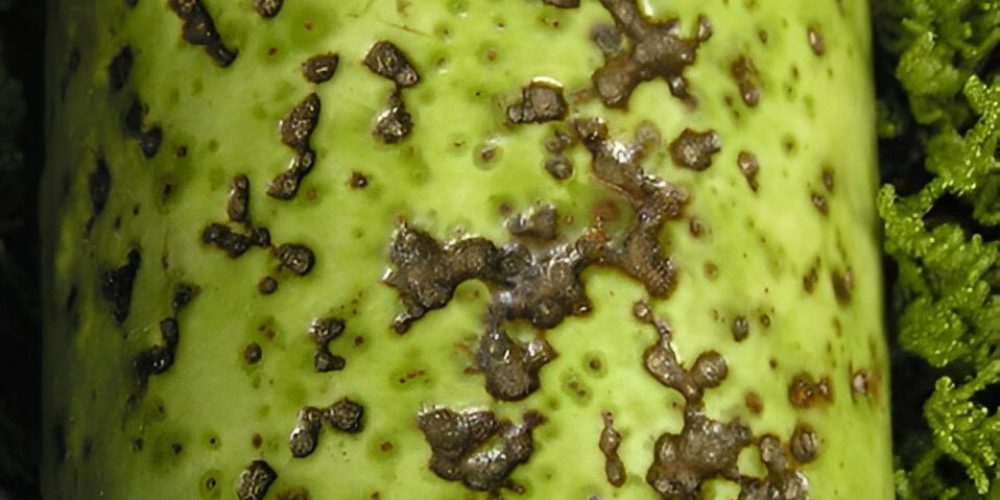Table of contents of the article
ToggleCucurbit anthracnose is a fungal disease that affects many plants of the Cucurbit family, causing dark spots on leaves and fruits. In this article on your website, World of Plants, we will discuss prevention and control methods
Symptoms of Anthracnose cucurbits
- Scientific name : Anthracnose of cucurbits
- The causative fungus Colletotrichum orbiculare Arx
Symptoms of cucurbit anthrax appear on the leaves in the form of small yellow spots, which expand to reach 1-2 cm and become black in color.
The affected tissue dries up, and the dead spots may fall off, leaving holes in their place.
The petioles of the leaves and the petioles of the fruits are affected, which leads to the fruits turning dark, withering and dying.
Severe injury to the stems leads to splitting, drying of the leaves, and death of the plant.
Fruits become susceptible to infection near the time of maturity, as circular spots appear on their surface, watery in texture, dark and sunken, ranging in diameter from 0.5-10 cm, and their depth may reach 8 mm. The spots expand quickly in the field, and during transportation and storage, and can combine with each other in one big smear. The center of the spots takes on a dark or blackish color, and pink spore masses appear on them in humid weather.
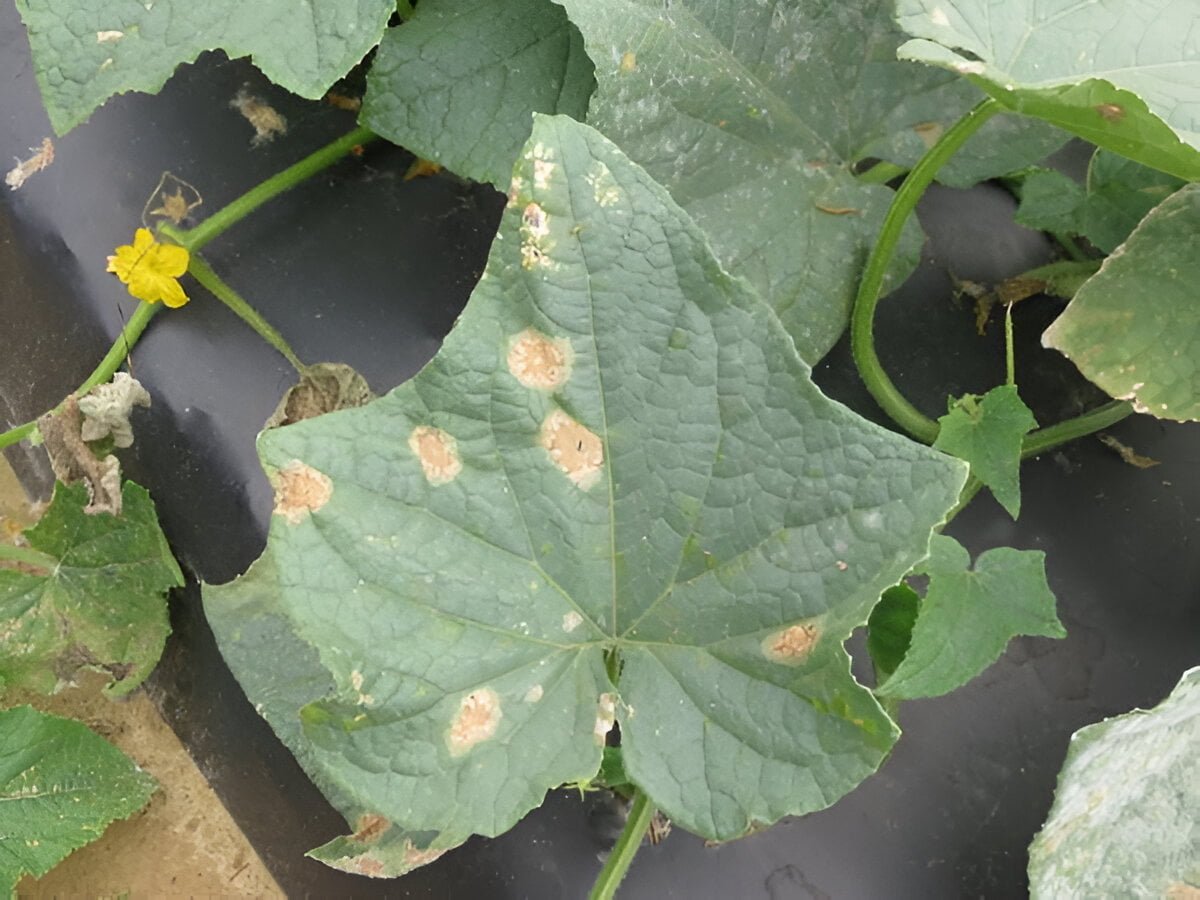
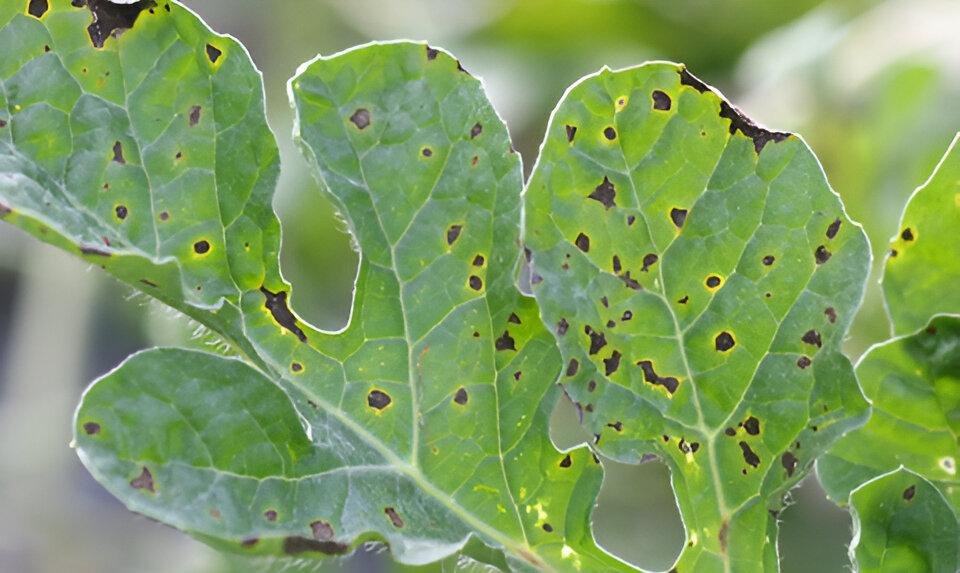
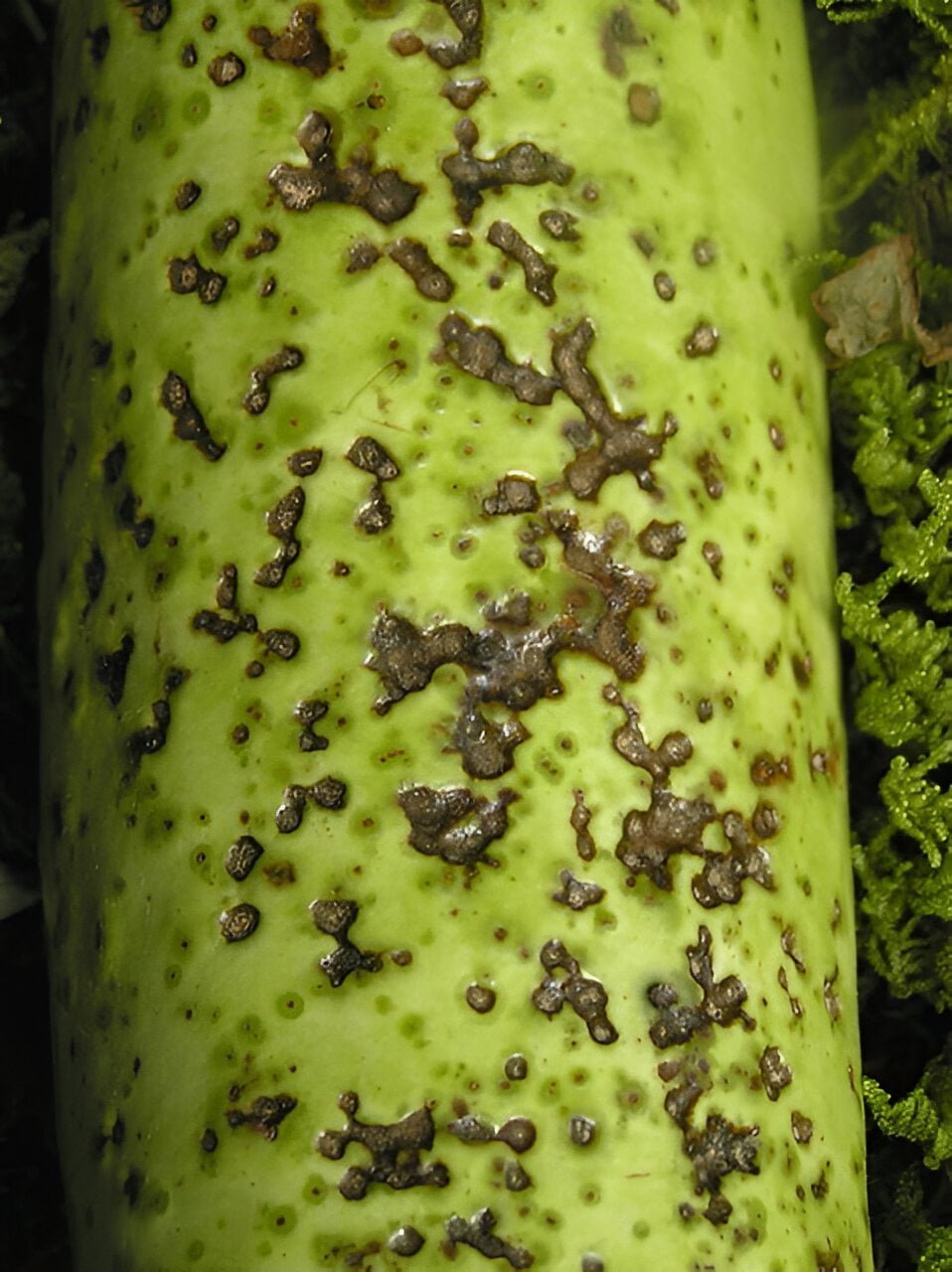
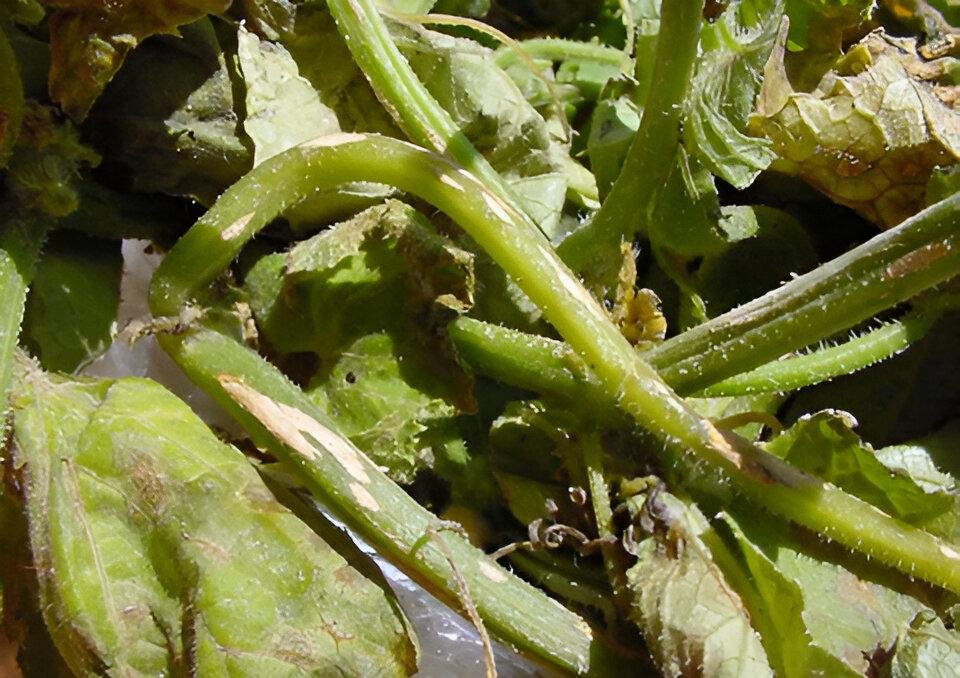
Causes of dispersal of Anthracnose cucurbits
- The fungus can maintain its life in the absence of the host in the remains of infected plants.
- The fungus can be transmitted by seeds.
- It is easily spread by rain spray.
- The disease develops in warm and humid environmental conditions
- It is transmitted by wind, agricultural equipment and overhead irrigation (free water on leaves).
- It is transmitted by the spotted and striped cucurbit beetle.
- The disease is most prevalent in warm, humid climates.
Suitable conditions for the spread of Anthracnose cucurbits
During the humid summer, the disease can be very severe
Humidity 100% for 24 hours (heavy rain, overhead irrigation, or lack of drainage of irrigation water).
The ideal temperature for the fungus to spread is 24°C, and spores do not spread at temperatures less than 4.4°C or more than 30°C.
Suitable conditions for the spread of Anthracnose cucurbits
It is transmitted through seeds and soil and can cause losses when control measures are not practiced. The pathogen lives among crops, in infected crop debris, or in weeds from the Cucurbitaceae family.
It is spread by frequent rain, warm temperatures (74-78 degrees Fahrenheit) and high humidity that help the disease develop.
The fungus does not require a wound for infection to occur
Losses from the spread of Anthracnose cucurbits
Severely infected fruits often become tasteless, or even bitter, and are susceptible to attack by bacteria and fungi that cause soft rot.
Economic losses
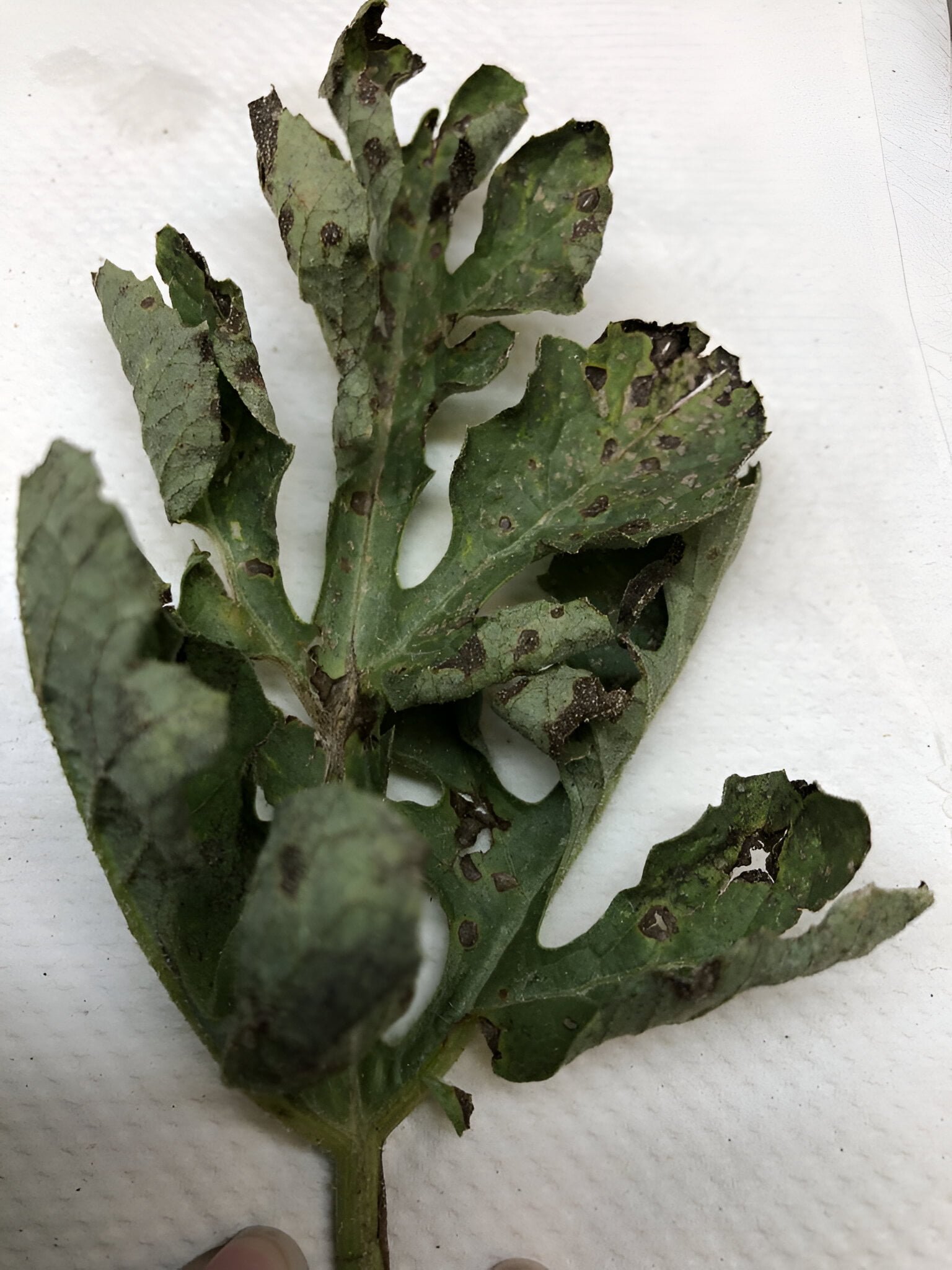
Control strategy
Preventive measures to prevent the occurrence of the disease
- Getting rid of previous crop residues by burning them or deep plowing.
- Getting rid of weeds.
- When overhead irrigation is necessary, it is preferable to perform it early in the morning to allow the foliage to dry before nightfall.
- Good ventilation.
- Controlling the cucurbit beetle.
- Avoid infection with agricultural equipment.
Chemical and organic control recommendations
Organic control
- Planting varieties resistant to common anthracnose strains
- Use healthy seeds from a reliable source that are free of disease. Seeds can also be disinfected with fungal disinfectants.
- Follow an appropriate agricultural cycle
Chemical control
- Spraying plants with appropriate fungicides such as chlorothalonil, diphenoconazole, carbendazim, mancozeb, manib, and methyl thiophanate.
- Spraying with neem oil, a natural compound, as a preventive measure every 7-14 days. It is multi-functional, kills eggs, larvae and adults and prevents fungal attack.
In conclusion, we would like to note that we, at the world of plants website, offer you all the necessary services in the world of plants, we provide all farmers and those interested in plants with three main services::-
- Artificial intelligence consulting service to help you identify diseases that affect plants and how to deal with them.
- Blog about plants, plant diseases and care of various crops ... You are currently browsing one of her articles right now.
- An application that provides agricultural consultations to clients, as well as a service for imaging diseases and knowing their treatment for free – Click to download the Android version from Google Play Store، Click to download the IOS version from the Apple App Store.
References
- Gardner, M. W. (1918). Anthracnose of cucurbits (No. 727). US Department of Agriculture
- Prakash, O., Sohi, H. S., & Sokhi, S. S. (1974). Studies on Anthracnose Disease of Cucurbits Caused By Colletotrichum Lagenarium (Pass.) Ell. &Halst. And Its Control. Indian Journal of Horticulture, 31(3), 278-282
- Rhodes, B. B., & Love, S. (1983). Resistance to Anthracnose in Cucurbits-An Overview. Cucurbit Genetics Cooperative, 32
- Anthracnose of Cucurbits – google books
- Studies on Anthracnose Disease of Cucurbits Caused By Colletotrichum Lagenarium – indianjournals
- Resistance to Anthracnose in Cucurbits – pdf file
- Anthracnose of cucurbits – University of Minnesota
- Cucurbits, Anthracnose – University of Massachusetts Amherst




